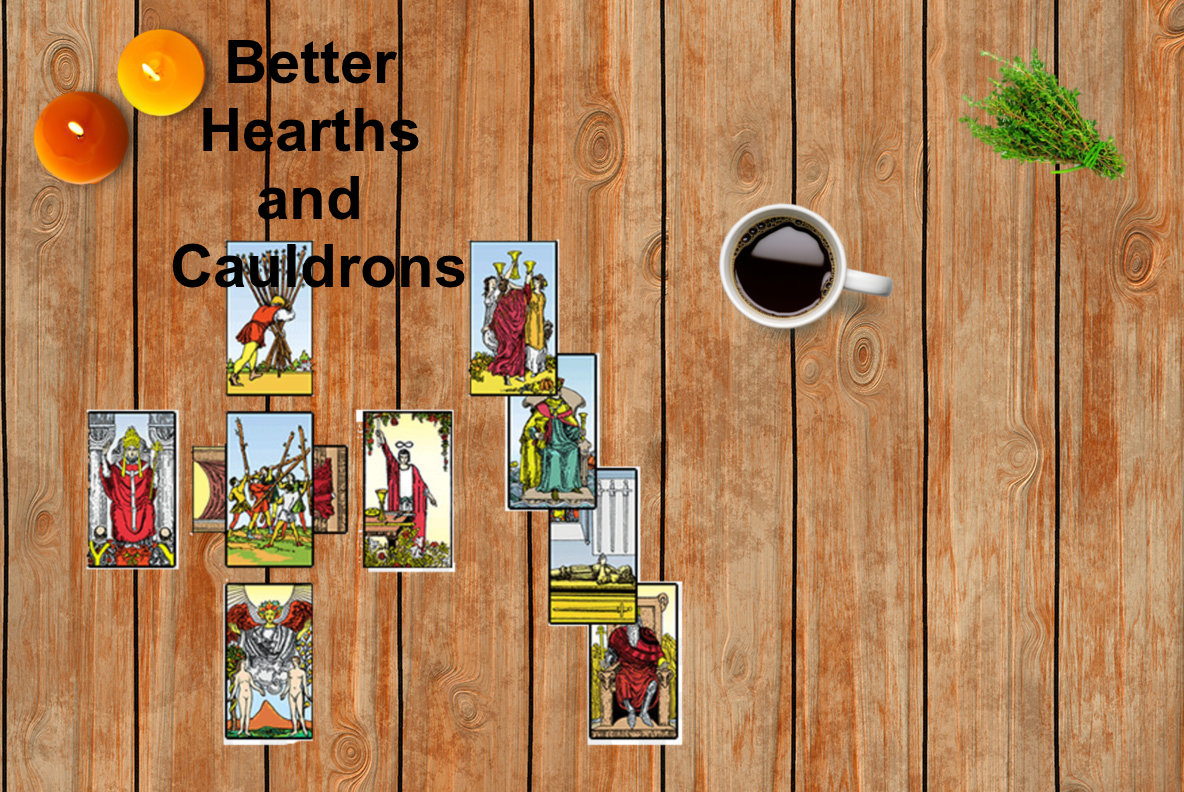Anywho, back to the quiche. According to Cunningham's Wicca in the Kitchen, eggs have also been used for protection. In Egypt, eggs were held in the hand while reciting protective chants. The Egyptians also consumed a diet heavy in beer, bread and onions, so in a rather roundabout way, this recipe could be used in honor of the ancient Egyptians, I suppose. Heck, why not. Get creative! Quiche is also an appropriate food for Beltain.
I took some pictures of the process but my camera isn't that great. I'm afraid you'll have to suffer through my mediocre attempts at photography.
Pate Brisee (That's crust, y'all)
2 1/2 cups all-purpose flour
1 teaspoon salt
1/2 cup chilled butter, cut into small cubes
1/2 cup chilled shortening, cut into small cubes
1/4 - 1/2 cup ice water
If you have a food processor, this crust is super easy to put together. Put the flour, salt and fat (mmmm....two kinds of fat) into the food processor and pulse until the mixture resembles a coarse meal. Add the ice water a few tablespoonfuls at a time, pulsing in between. To test, pinch a little bit of the dough together. If it sticks together and isn't crumbly, it's ready.
Turn the mixture out onto a board or table and gather into a ball. Flatten into a disc and wrap in plastic wrap. Place in the refrigerator for an hour.
After an hour, divide the dough into two pieces. (I actually used the whole thing for my 10-inch dish. The crust was a little thicker, which is how I like it.) Using a floured rolling pin and a lightly floured surface, roll the pastry out into circles about 1/4 or 1/3-inch thick. Place in a buttered pie plate and poke holes all over the bottom. This will let steam escape and keep the pastry from being puffy.
Heat the oven to 375. Put a buttered piece of foil or parchment into the bottom of the crust and weigh it down with a handful of beans or a couple handfuls of rice. You can buy an expensive pie weight if you wish, but you probably have extra rice or dried beans lying around the house. You can't eat the beans or rice after, but you can store these items in a jar and reuse for future crusts.
Bake for 10-15 minutes.
Filling
While the pastry was busy chilling, I started making my filling. I used:
2 leeks, split down the middle and sliced into thin rings **
1 1/2 white onions, thinly sliced
1 - 1 1/2 tablespoons butter
4 eggs
1/2 cup cream
salt and pepper to taste
**Note on leeks: Leeks are notorious for being hard to clean. I find that the easiest way to get rid of the deep-down grit is to split them down the middle and slice them into the pieces I want to use. I discard the tough green tops. Then, put the slices into a bowl of water. The leeks will float and after a few minutes, all the grit will sink to the bottom. Use a strainer to scoop out your clean leeks.
Melt the butter in a skillet and add the onions and leeks. Cook on low, low heat until the leeks and onions have caramelized. The smell is just fantastic! They will become soft and brown and beautiful. Season with salt and pepper.
While I was cooking the veggies, I envisioned them releasing their protective energy. I sort of "smudged" myself with onion vapor. Yum. :)
When the crust has blind baked for a while, remove it and remove your homemade pie weight. Spread the onion and leek mixture onto the bottom. In a bowl, whisk together the eggs and cream. Add salt and pepper. Pour over the leeks and onions and pop into the oven. Bake until set.
I didn't notice exactly how long mine baked. It seemed as though it were perfectly set after 15 minutes or so. Maybe it was because I had the oven on for a while. Whatever the reason, it baked quickly and was soon firm and lightly brown on top and OMFG delicious.
I served it with simple spinach, lightly sauteed with a smidge of butter, 2 small cloves of garlic, and a grating of fresh nutmeg. It was a truly decadent, delicious meal.

B.C. - Before Caramelization

Go ahead. Put your nose to the monitor and sniff. I won't tell!

Butter adds flavor and makes a flakey crust. Shortening makes it super tender.


I couldn't resist a light sprinkling of Parmesan.

I obviously need better lighting in my kitchen...

Sometimes you just have to take care of yourself. :)







